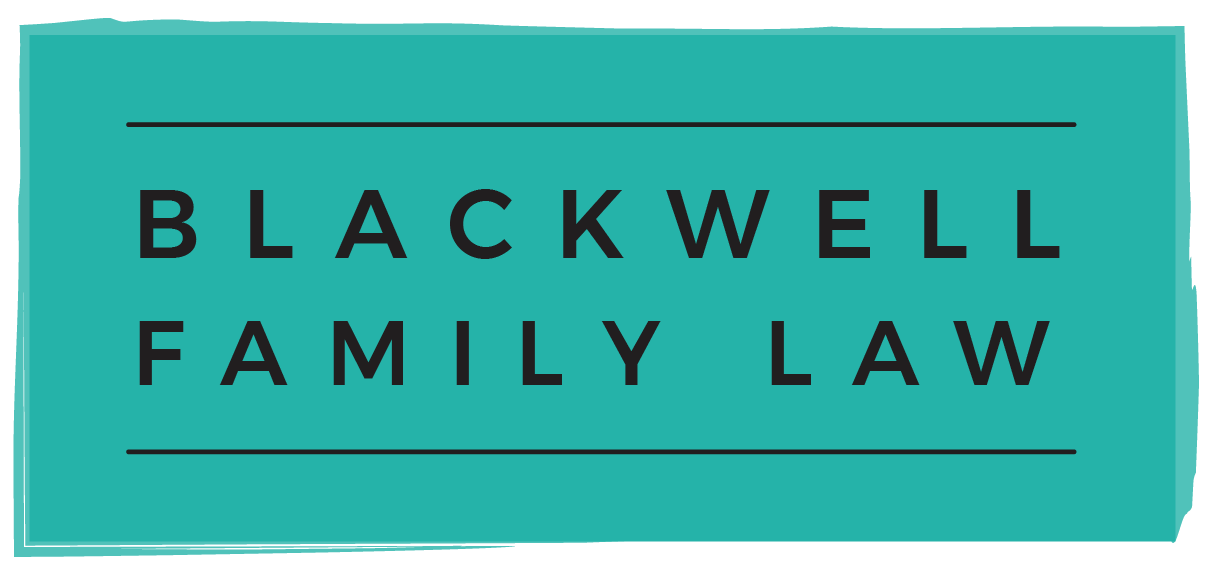Coercive control is abuse that results in real harm. Recent media coverage on the CBC about adding “coercive control” to the Criminal Code leaves the incorrect impression that there are no legal protections available to victims of coercive control right now. But, there are options within Ontario’s existing laws now that can give victims of coercive control some protection.
Restraining orders are available from Ontario courts under s. 46 of the Family Law Act and s. 35 of the Children’s Law Reform Act when someone “has reasonable grounds to fear for his or her own safety or for the safety of any child in his or her lawful custody”. These restraining orders can be ordered even when there is no history of physical violence and they will be enforced by police. And, the new amendments to the Divorce Act require courts to consider “a pattern of coercive and and controlling behaviour in relation to a family member” whenever making a parenting order.
It is important for the Criminal Code to specifically sanction coercive control because of the harm it causes and because such conduct is often a precursor to even more serious abuse. But, there is a real risk of that victims listening to the news may not seek out the protections that are actually available now while they wait for more protections to be added to the Criminal Code. Please share this blog and other information so that this does not happen. Contact a local shelter (such as the Barbara Schlifer Commemorative Clinic), a family lawyer (see the Family Law Limited Scope Services Project for a directory of lawyers who provide limited scope and summary advice) or search Community Legal Education Ontario for more information.
